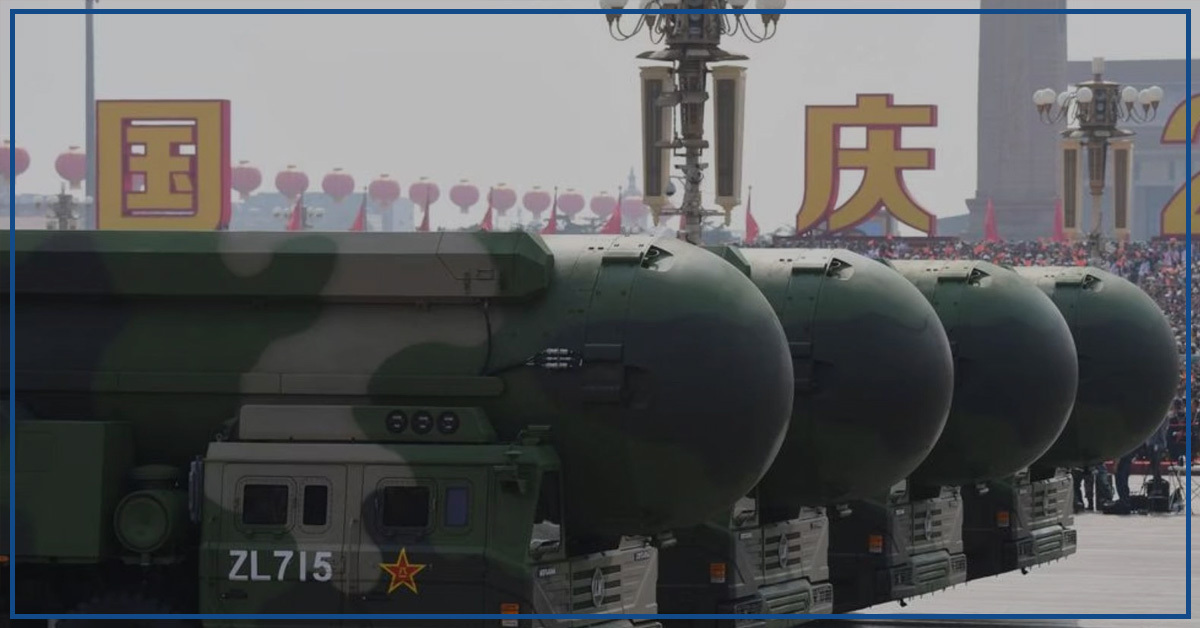In a recent report, the United States has expressed growing concerns over China’s swift expansion of its nuclear weapons arsenal, surpassing earlier estimates.
The Pentagon’s annual report on China’s military power, released on Thursday, revealed that China had already amassed more than 500 operational nuclear warheads by May 2023. What’s even more alarming is that China is on track to exceed previous projections.
The report indicates that by 2030, China is expected to possess over 1,000 operational nuclear warheads. This strategic buildup is part of China’s comprehensive modernization plan, aimed at ensuring its military capabilities are “basically complete” by that year.
However, it’s essential to note that even with this expansion, China’s nuclear arsenal remains significantly smaller than the currently deployed nuclear arsenals of the United States and Russia, with Washington having approximately 1,410 nuclear warheads and Russia with 1,550.
China’s efforts to strengthen its military power extend beyond nuclear capabilities. The nation is actively pursuing the development of advanced weaponry and intensifying military training to achieve a “world-class” military status by 2049.
As part of this endeavor, China is developing a new intercontinental ballistic missile system that employs conventional arms. This system has the potential to pose a threat to targets in the continental United States, as well as Hawaii and Alaska.

The report highlights that China’s determination to modernize its military is partly motivated by the belief that the United States is engaged in a systematic effort to hinder China’s progress, prevent Taiwan’s unification with the mainland, and maintain global hegemony.
In 2022, China significantly increased diplomatic, political, and military pressure on Taiwan and engaged in provocative actions in and around the Taiwan Strait.
China claims sovereignty over Taiwan and has not ruled out the use of force to reunify the island with the mainland.
In recent times, Taiwan has reported a surge in Chinese military activities, including daily military flights into its self-declared air defense identification zone (ADIZ) and increased naval operations, including the presence of the aircraft carrier Shandong.
China has also conducted land-based military exercises along the coast facing Taiwan.
The Pentagon’s report suggests that China is closely observing and learning from Russia’s actions in Ukraine. The sanctions imposed on Russia have likely encouraged China to enhance its defense self-sufficiency and financial resilience.
Furthermore, the report expresses concerns about China’s military’s reluctance to engage in military-to-military communication with the United States, even as they appear more willing to engage in risky operational activities, as seen in the increased number of intercepts of U.S. aircraft by Chinese planes.
The report emphasizes that such behavior raises the risk of operational incidents or miscalculations spiraling into crises or conflicts. It underscores the importance of reestablishing lines of communication to ensure that competition does not escalate into conflict.
China’s rapid nuclear arsenal expansion and its broader military modernization drive have raised concerns globally. The U.S. report underscores the need for international dialogue and strategic engagement to address these growing challenges on the world stage.





